Rapid growth of grapes: what fertilizer is better to use
The epithets "demanding, capricious, pretentious" are completely inappropriate for such a plant as grapes. It is so unpretentious that its uncultivated varieties can often be seen growing on rocky, nutrient-poor soils. That is why even novice gardeners are able to successfully grow a sunny berry. But in order for the vines to radiate health and consistently delight with a delicious harvest, they need to be periodically fed.
Many owners of summer cottages are wondering what fertilizers allow them to achieve rapid growth and development of plant bushes. It is equally important to follow the recommended feeding times and perform it in the right way. Let's take a look at the intricacies of this process.
Why is it so important to feed the grapes?
Nutritious soil is a guarantee of high yield of grape bushes and excellent quality of berries. But over time, the soil is inevitably depleted, which leads not only to a deterioration in the fruiting of the plant, but also to a slowdown in its development, a decrease in resistance to adverse external factors.
The specificity of caring for grapes lies in the fact that in certain periods of development of the bush, its vines need different nutrients. The normal growth of the plant and the volume of the crop that it can bring will be in jeopardy if the rules and terms for the introduction of certain nutrients and microelements are not followed.
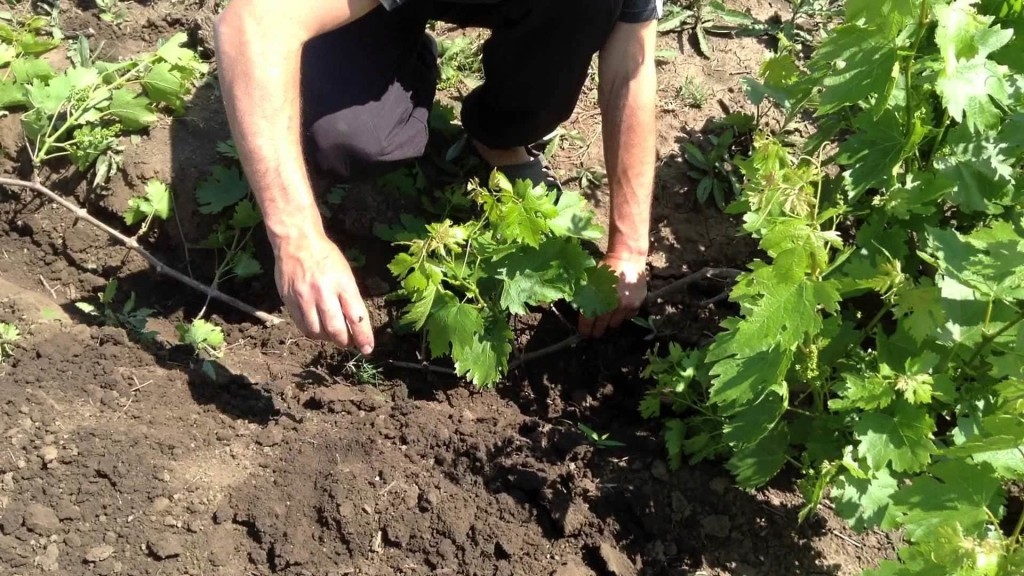
Nutrients necessary for the growth of grapes
- Nitrogen is required for abundant growth of green mass. The best time to apply it is the beginning of spring, when shoots are actively growing on the bush and young leaves are forming. In the summer, grapes do not need nitrogen, and closer to autumn, its use can even harm: all the forces of the plant will go to the growth and formation of new shoots, and their much-needed lignification at the end of the season will be incomplete or will not occur at all. Nitrogen-containing preparations are diverse, urea and ammonium nitrate are very popular.
- When grapes begin to bloom, their need for phosphorus increases dramatically. Thanks to this element, inflorescences develop better on the vine, more ovaries are formed, and the degree of fruit ripening increases. A lot of phosphorus in a form easily digestible by the plant contains a fertilizer such as superphosphate.
- With the advent of autumn, it is worth fertilizing the grape bushes with potassium. It accelerates the maturation of young shoots and brushes, and also makes the plant more resistant to cold.
- Fertilizers containing copper increase the resistance of grapes to adverse climatic conditions (drought, severe frosts), and also have a positive effect on the growth of shoots and the development of the plant as a whole. The best time for .
Boron, zinc, magnesium, potassium, sulfur, iron also affect the growth, fruiting and quality of vines.
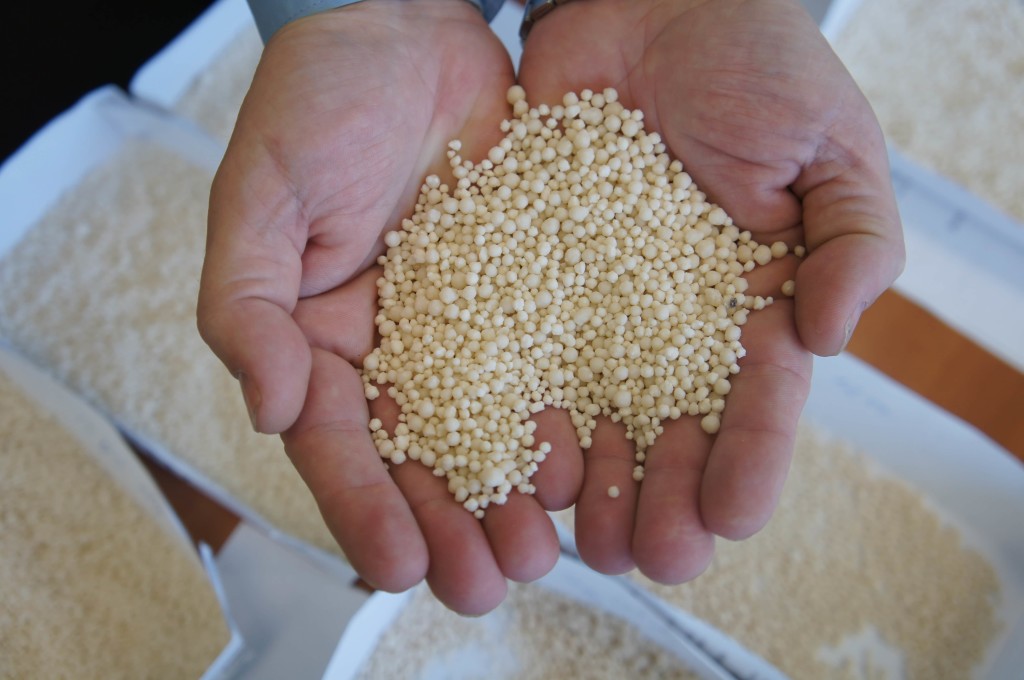
How to improve productivity?We are constantly getting letters in which amateur gardeners are worried that due to the cold summer this year, a poor harvest of potatoes, tomatoes, cucumbers, and other vegetables. Last year we published TIPS about this. But unfortunately, many did not listen, but some still applied. Here is a report from our reader, we want to advise plant growth biostimulantswhich will help increase the yield by up to 50-70%.
Read...
Mineral fertilizers for grapes
Proper plant nutrition is the key to its rapid and high-quality growth. At the stage of choosing a fertilizer, inexperienced gardeners often wonder what is better to use - mineral or organic compounds? Both the first and the second are good in their own way and allow you to get a good result, especially in combination with each other. It is only necessary to remember what substances the plant needs in a given period of its development, and to understand that it will not be possible to limit one preparation per season.
In spring and autumn, it is permissible to use specially designed products to fertilize vines.
- with one component in the composition (, superphosphate, ammonium nitrate);
- two- or three-component (ammophos, nitrophoska);
- complex composition (Aquarin, Novofert).
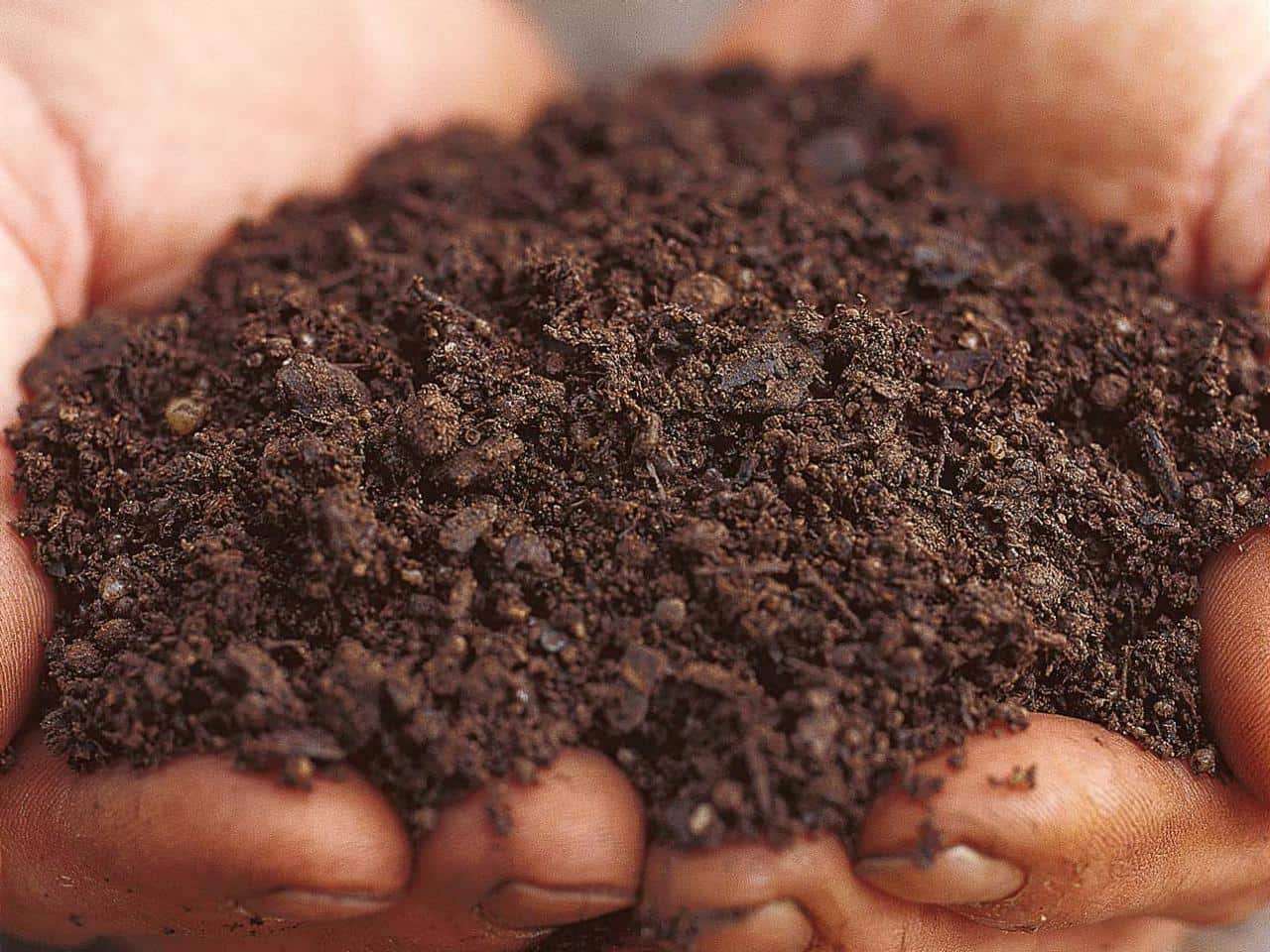
Organics versus chemistry
Fertilizing grape plants with organic elements is an integral part of their care, accelerating the growth of shoots and increasing fruiting. Organic fertilizers are diverse. Each of them has a different effect on the development of the vine.
- Manure makes the soil looser, allowing moisture and oxygen to more easily penetrate the roots of the vine. The microflora develops well, contributing to an increase in the digestibility of nutrients obtained from the soil. Spring feeding of the plant with rotted manure will provide it with the right amount of potassium, nitrogen, and phosphorus for a long time.
- Another natural fertilizer, compost, has similar properties. It is especially popular because of its availability: any organic waste (sawdust, grass, food waste) is suitable for its preparation.
- A lot of elements useful for the development of the grape bush and easily processed by it are contained in chicken manure. They are fed in the spring, in no case using the substance in a concentrated form. 10 days before the planned fertilizer, it should be diluted with water in a ratio of 1:4. Immediately before the feeding procedure, more liquids are added to the prepared mixture, diluting the nutrient solution by another 10 times. For one bush, a dosage of the drug in 0.5 liters is sufficient.
Chicken manure is rich in potassium, nitrogen, phosphorus, magnesium. These elements are contained in it in a higher concentration compared to other organic compounds. - In the spring, ash can be used to feed the vines. It successfully replaces potassium chloride, favorably differing from it in that it does not contain chlorine harmful to the plant. This substance also provides grapes with phosphorus.
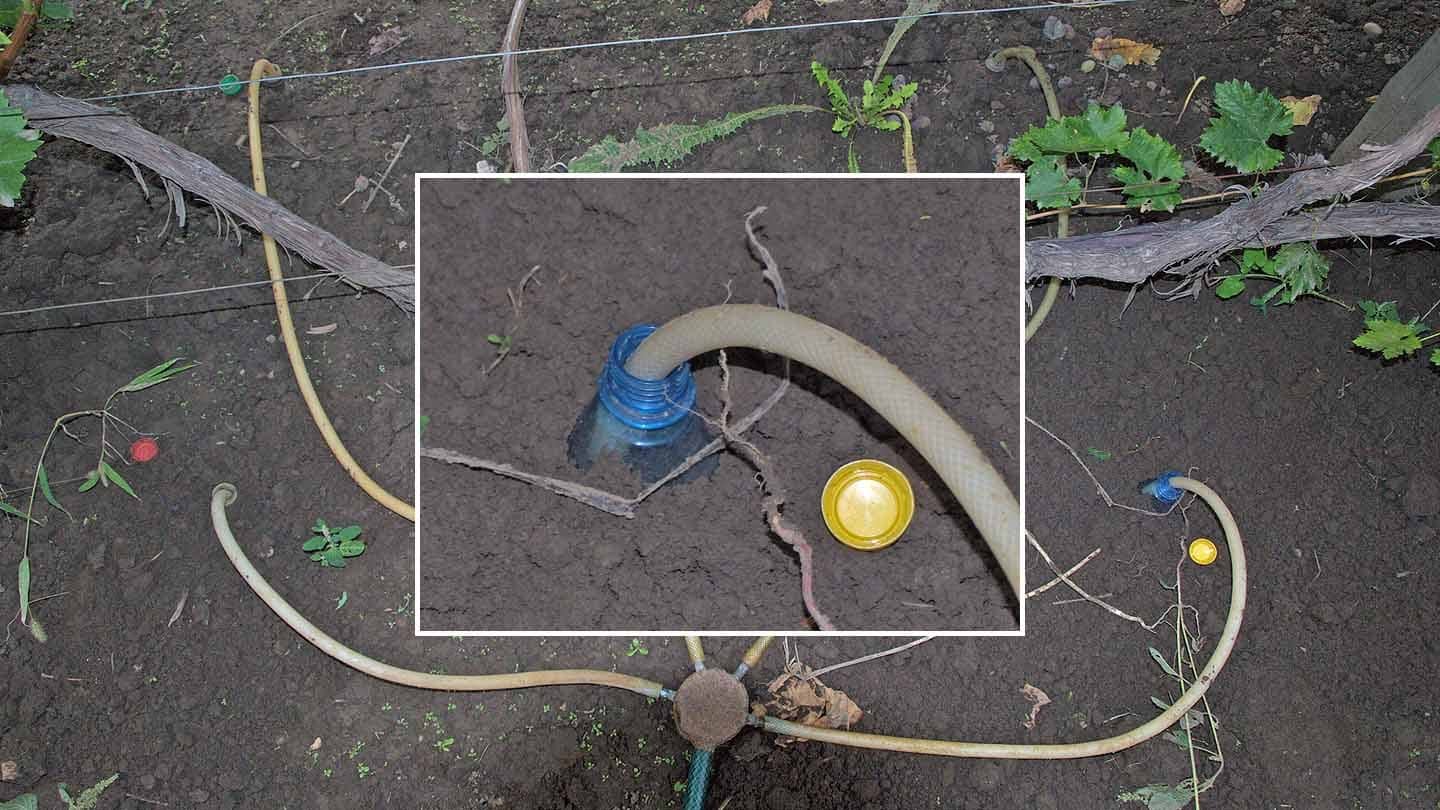
The nuances of making root dressings
Fertilize plants can be root and foliar method. The nutritional compositions discussed above are applied under the root. To do this, each grape bush is surrounded by a shallow furrow, placing it at a distance of 0.45 m from the trunk. This introduction of nutrients facilitates the process of their absorption by the root system, making it as fast and complete as possible. You can improve the result of top dressing by combining it with watering.
It is important not only to choose the right composition for the nutrition of vines, but also to fertilize them at the right time, then the growth and development of the plant will be uniformly intense, and the yield will be high.
On average, grapes require about 4 dressings per season. The first is carried out at the very beginning of spring. This composition is very effective:
- 10 liters of water;
- 20 g of superphosphate;
- 10 g of ammonium nitrate;
- 5 g of potassium salt.
The resulting volume of the solution is applied under the roots of one plant. 14 days before the grapes bloom, the procedure should be repeated.
When the fruits set on the clusters and the process of their ripening began, the vine is fed with products containing phosphorus and potassium, but without nitrogen in the composition. When the crop is harvested, it is time to apply potash preparations that will help the bushes more easily endure the cold.
If liquid manure is used to feed plants, it is applied at the rate of 1 kg per 1 m² of vineyard.
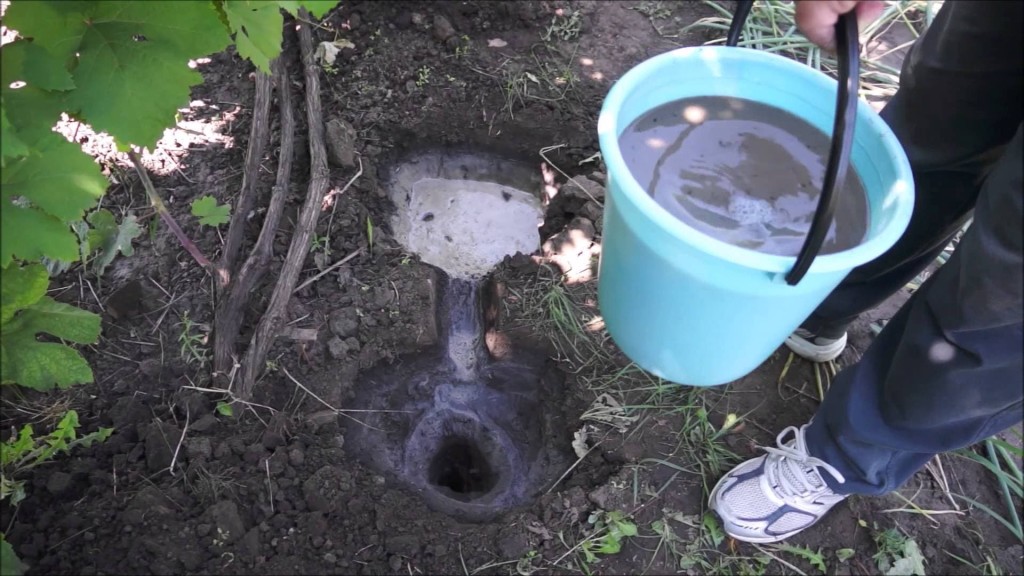
Do I need to fertilize grape bushes in the fall?
In addition to the mandatory fertilizing during the season, grapes should be fertilized regularly before wintering. If the soil is normal, the procedure is carried out every three years. Ideal for this purpose is a dry nutritional composition prepared from a mixture of
- ash;
- superphosphate;
- ammonium sulphate;
- manure.
It must be abundantly scattered on the surface of the soil of the vineyard, and then dig up the fertilized area.
If the soil is sandy, then the frequency increases to 1 time in 2 years. Grapevines growing in poorer, sandy soil require supplemental nutrition in the winter each year.
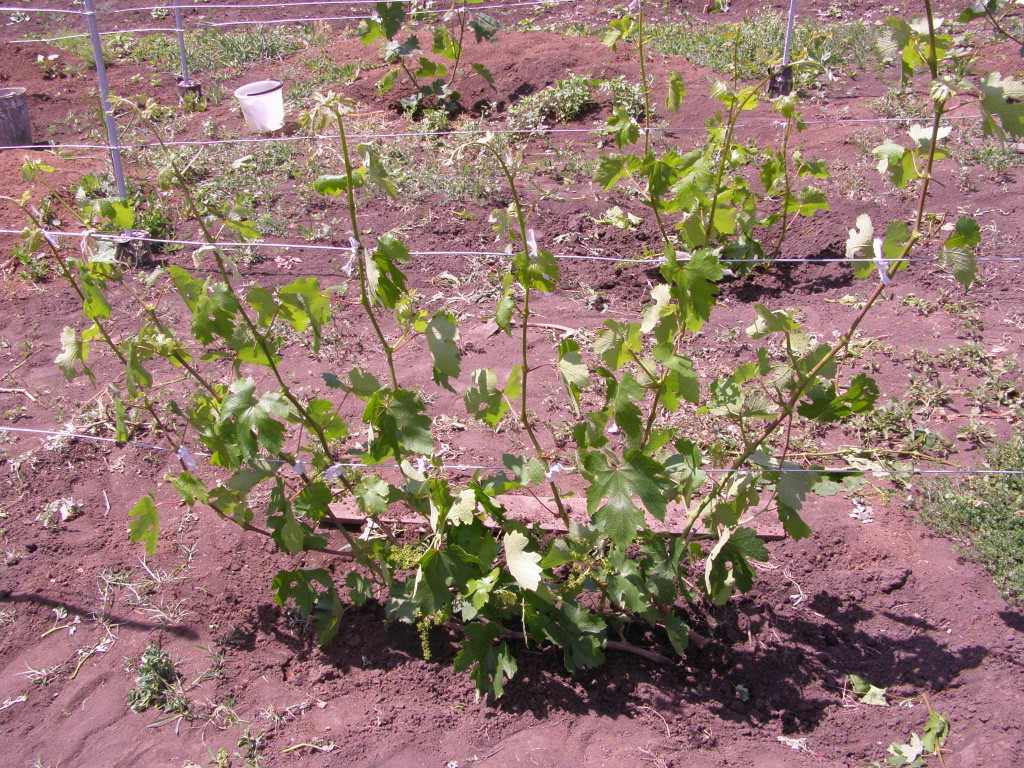
The specifics of foliar dressings
For better results, accelerating the growth of the vine, improving its development, strengthening health and increasing fruiting can be achieved with liquid top dressing applied under the root of the plant. However, the effect can be enhanced by supplementing them with foliar spraying. Grape leaves well absorb nutrients that fall on them as part of an aqueous solution.
Most often, 4 sprayings of plants per season are carried out at the following times:
- shortly before flowering;
- immediately after fruit set;
- at the initial stage of their maturation;
- 10-15 days after the berries begin to soften.
The ideal time for spraying is windless evenings or cloudy days. After the procedure, the leaf blades should be completely covered with small droplets of the nutrient composition. Such top dressing allows you to get the desired result almost instantly.
For the procedure, you need to use products that contain components that cause increased growth of the grape bush and are necessary for its healthy development (nitrogen, cobalt, phosphorus, manganese, zinc, potassium, boron, copper, molybdenum). Easily soluble preparations of complex action specially designed for spraying (Aquarin, Kemira, Plantafol) have proven themselves well.
Proponents of organic fertilizers recommend using a fermented infusion of herbs for foliar dressing, diluted with water with the addition of ash. If you add 3 tablespoons of sugar to the prepared composition, the degree of absorption of nutrients by the leaves will increase significantly.
How to properly fertilize a vineyard
There is nothing complicated in the procedure for feeding grape plants. You just need to follow the simple rules for adding nutrients and follow the recommended deadlines, then there will be no problems with growing healthy and well-developed bushes. The options for both mineral and organic preparations that can be used for fertilizer are varied, and each of the gardeners will be able to choose the most suitable for their vineyard.
And a little about the secrets of the Author
Have you ever experienced unbearable joint pain? And you know firsthand what it is:
- inability to move easily and comfortably;
- discomfort when going up and down stairs;
- unpleasant crunch, clicking not of their own free will;
- pain during or after exercise;
- inflammation in the joints and swelling;
- causeless and sometimes unbearable aching pain in the joints ...
Now answer the question: does it suit you? Can such pain be endured? And how much money have you already "leaked" for ineffective treatment? That's right - it's time to end this! Do you agree? That is why we decided to publish an exclusive interview with Oleg Gazmanov, in which he revealed the secrets of getting rid of joint pain, arthritis and arthrosis.
Attention, only TODAY!




